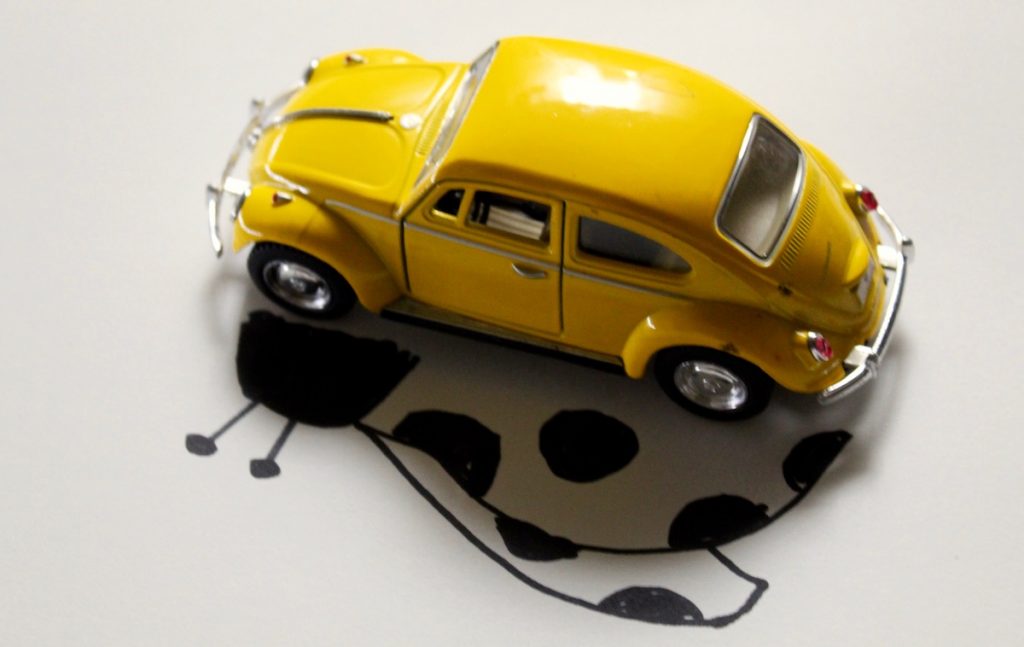I have a confession to make; I hate teaching drawing. There, I said it! Why don’t I enjoy teaching the most fundamental skill of the artmaking process? Students want to be better at drawing, but they don’t want to spend the time or put in the effort to work on their skills. They expect instant gratification, which is nearly impossible with the drawing process. Thus, a sense of frustration sets in when students can’t get it right the very first time.
So, what can we do to take away the fear of drawing and not perfecting the skill on the first try? It’s simple, by making drawing exciting!
Discover these 4 ways to add excitement to your drawing curriculum, while still teaching fundamental skills.
1. Simplify Grid Drawing
Teaching students the grid method is one of the best ways to teach the concept of drawing what you see, not what you think you see. You can teach the grid method in a variety of ways to meet the needs of different learners. Using a drawing grid is an excellent way to take the fear out of drawing complicated subjects. The method simplifies the subject and allows for more accuracy.
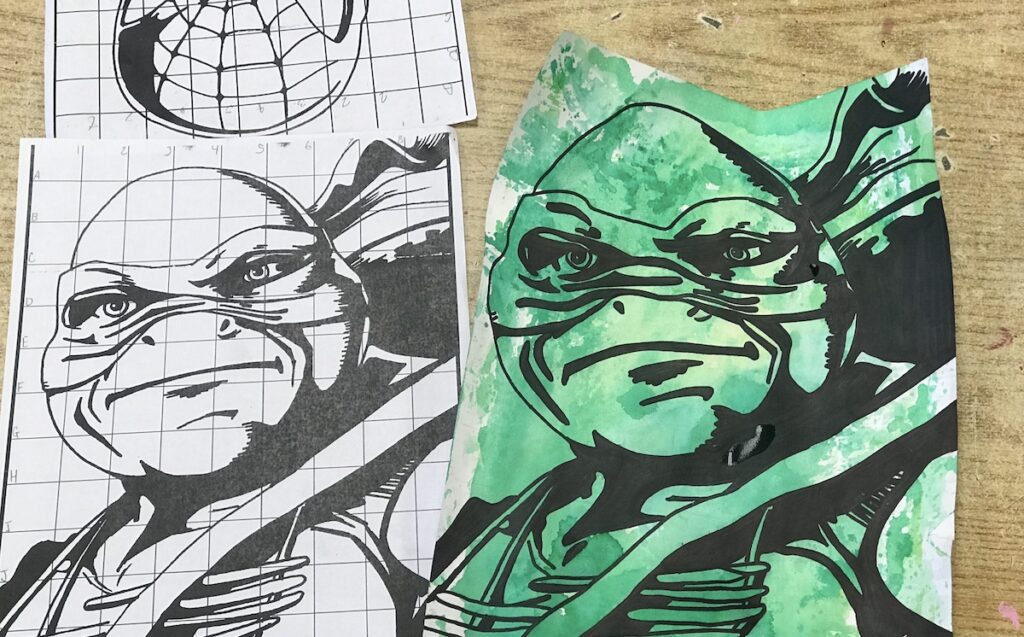
When first teaching the grid method to your students, keep it simple. Consider skipping an image filled with values and details that might seem like an impossible task for students to tackle.
Instead, create reference images in black and white only. Simplified images will allow students to focus on only drawing the shapes and lines without having to worry about shading. Try out these superhero drawings created by elementary art teacher Joel Scholten.
2. Draw with a Meter Stick
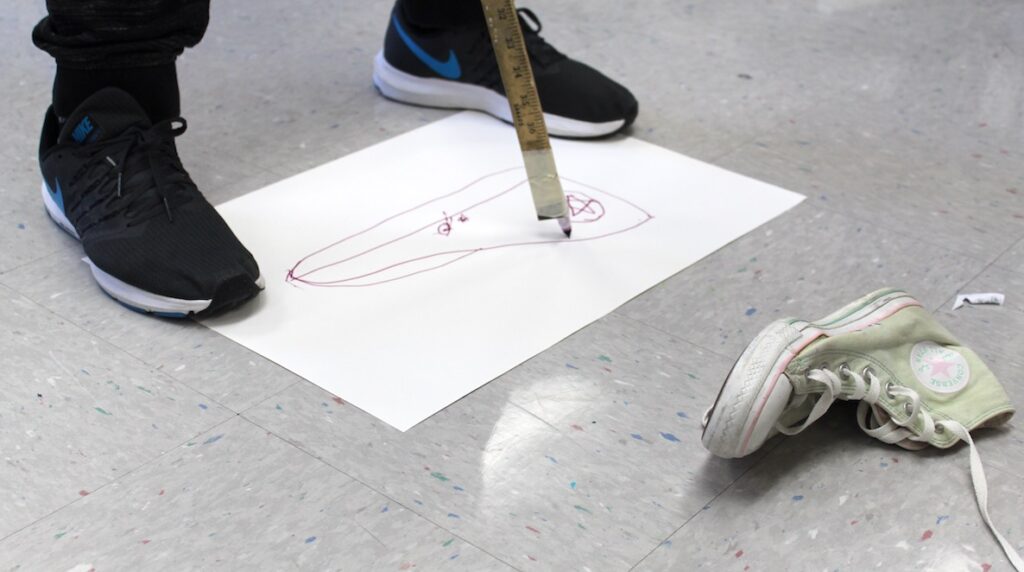
Activities like contour line drawings and upside down drawings are strategies to help your students heighten their skills. How many times have you taught students to create blind contour line drawings with a hand or a face as a subject? Probably more than once. Although this practice often causes student enjoyment initially, the joy can quickly fade away.
A more exciting way to practice contour drawing is by taping a drawing utensil to the end of a meter stick. Trying out this technique will increase your students’ hand-eye coordination and will continue to emphasize familiarizing themselves with an object, rather than getting caught up in what they are drawing. You might even get a few laughs out of the process!
3. Explore Exciting Artists
Most often when students are introduced to new artists, they are amazed but also overcome with feelings of intimidation. They are excited about seeing new artwork but doubt their skill.
When introducing your students to new drawing techniques, consider sharing artists with whom students will find initial success when studying their work. Sharing a hyper-realistic drawing by Chuck Close might have your students running for the door as they begin to doubt their ability. That doesn’t mean work like this shouldn’t be shown, just make sure you’re giving students realistic expectations based on their skill set.
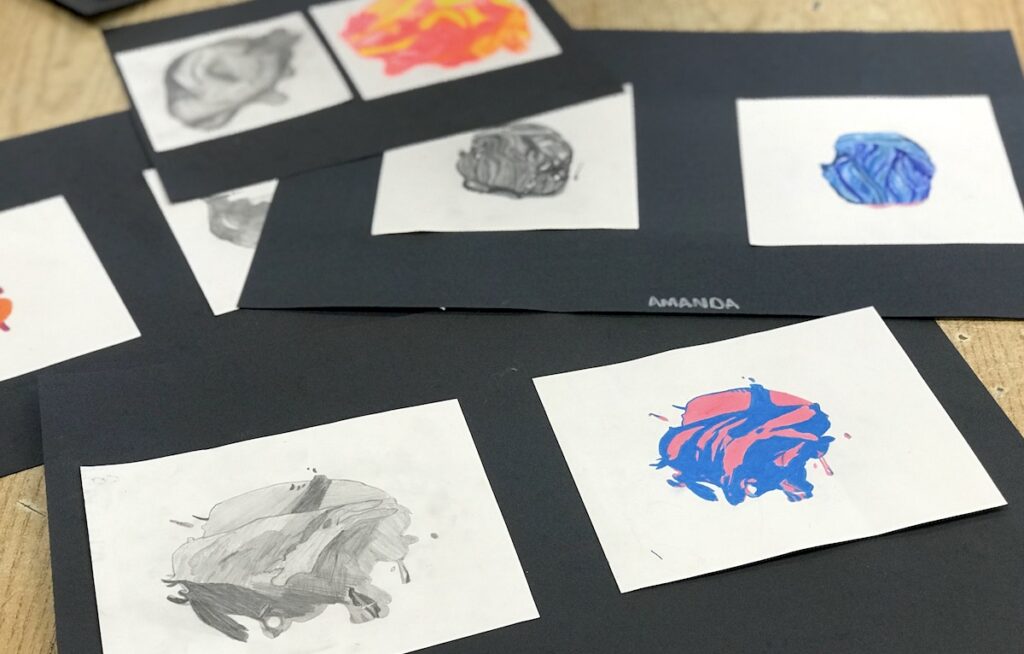
For example, Australian contemporary artist, CJ Hendry, is an excellent artist to introduce to your students. Her hyper-realistic drawings can serve as inspiration to your students while obtaining a successful result. Looking at her paint swatch drawings, students can learn how to blend and use colored pencils in a successful way. They can also explore drawing pencils to shade and add value.
Here are 4 other artists you can incorporate into your drawing curriculum.
4. Shadow Drawings
Although drawing is often associated with refining technical skills, it can also be used to aid in developing creativity. Studies suggest that drawing skills correlate with creativity, two elements art teachers want to see more of in the classroom. An effective activity to practice drawing and instill creativity is shadow drawing.
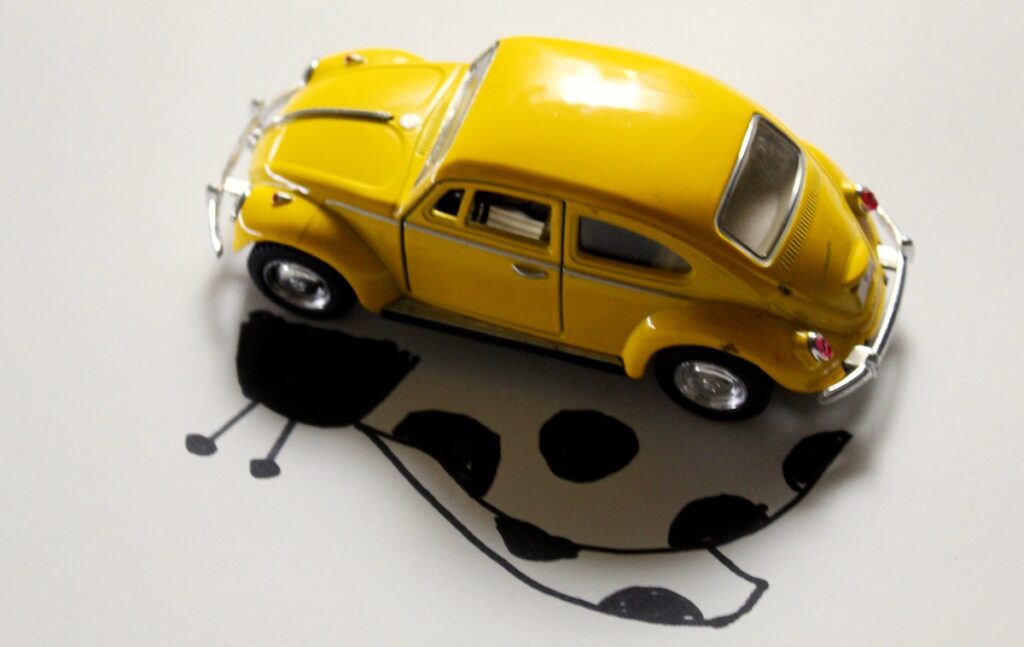
To do this activity, you need an object and a strong light source. Weather permitting, this is an excellent drawing exercise to try outdoors with a natural light source. Place the object on a piece of paper and challenge your students to turn the shadow into something new. You’ll soon start to see the shadows come to life. To inspire your students further, start the lesson by watching this video.
The fundamentals of drawing are important skills students need to learn. Teaching these concepts doesn’t have to be boring! If your students find your drawing activities a little lackluster, try one of these ideas to jumpstart your drawing curriculum.
If you’re looking to dive even deeper, we have an entire PRO Learning Pack and a graduate level course on this very subject!
How do you make drawing exciting in your classroom?
What’s your favorite drawing activity to teach?
Magazine articles and podcasts are opinions of professional education contributors and do not necessarily represent the position of the Art of Education University (AOEU) or its academic offerings. Contributors use terms in the way they are most often talked about in the scope of their educational experiences.
